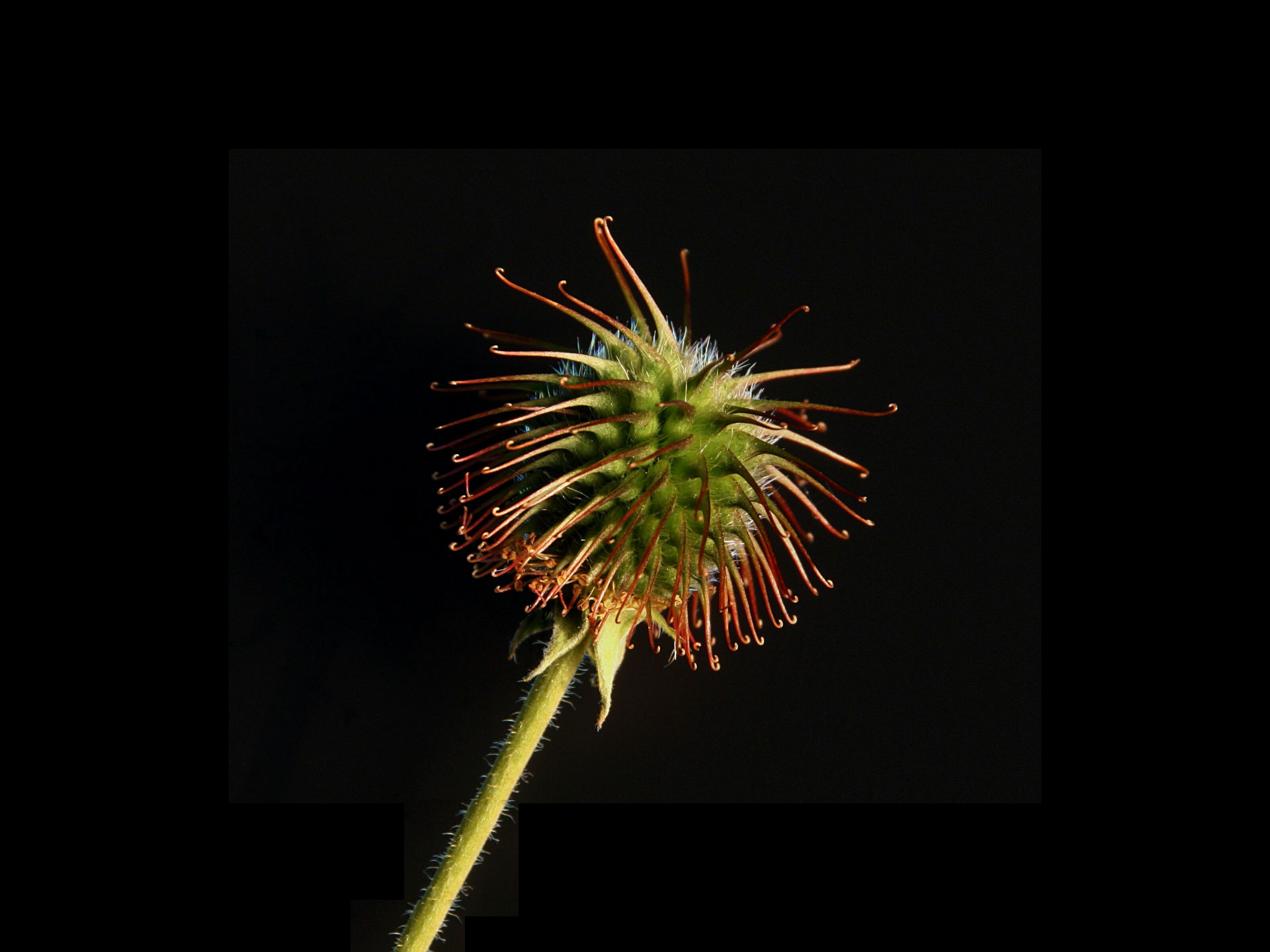
A burr. This fruit attaches to animal fur via the hooks on its surface to improve distribution. Velcro is an example of a biomimetic invention which has copied burrs and uses small flexible hooks to reversibly attach to fluffy surfaces. Zephyris CC BY-SA 3.0
Ingraining ‘Nature’ into ‘Human Nature’
By Shreya Bhagwat
Sign up for our monthly newsletter!
In 1941, a Swiss engineer named George de Mestral was hunting with his Irish Pointer in the Jura mountains when he encountered tenacious cockleburs adhering to his pant legs and to his dog’s fur. When he examined the burrs under magnification, he found their sticking property was the result of many structures shaped like little hooks. His observation ignited the idea for the extremely useful hook-and-loop fastening innovation we know as Velcro, an invention that was used in astronauts’ suits.
The Velcro story is a well-known example of how Nature has perfected efficient and sustainable designs through billions of years of adaptation and material optimization. The approach of taking inspiration from these biological entities honed from natural selection, and translating its principles into engineering solutions is called biomimicry, or biomimetic design, which means ‘imitation of the living’. Through the mimicry of the models, systems, and elements of nature we can solve complex problems and move away from linear systems to regenerative ones and on to a sustainable future.
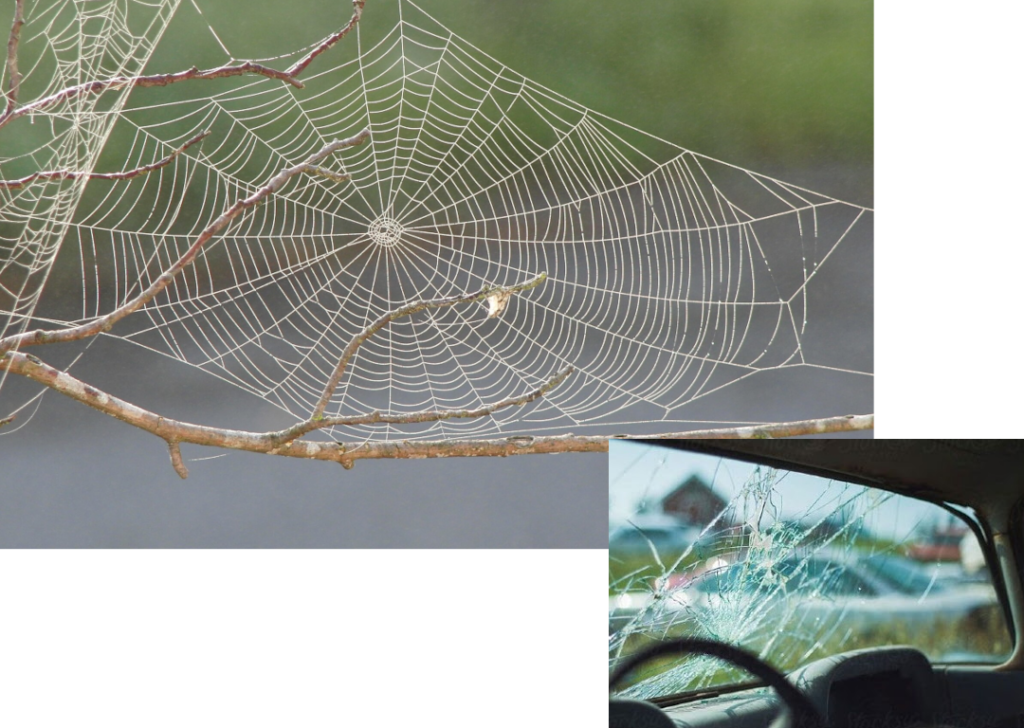
Spider web windshield glass is another inspired example of biomimicry design construction. A spider’s web, an extruded silk fractal pattern created by a spider to catch its prey, is one of the strongest designs in nature. The webbing pattern has been copied by automotive industries so that even if the windshields crack, they do not shatter.
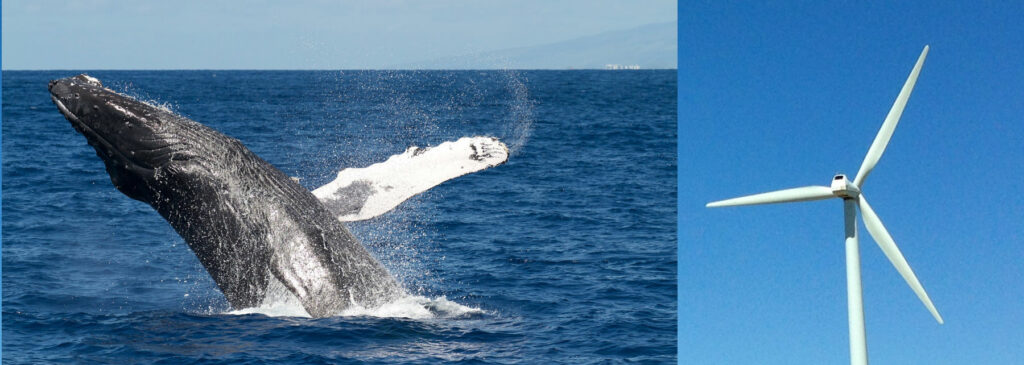
The agility of humpback whales and the hydrodynamics of their flippers inspired the design of wind turbines, offering yet another example of novel and effective solutions that can be developed by emulating nature. The ridges on the pectoral fins of humpback whales create an aerodynamic flow in water. The inspired tubercle-lined design is now the efficient shape of wind turbine blades that capture more energy from both wind and water.
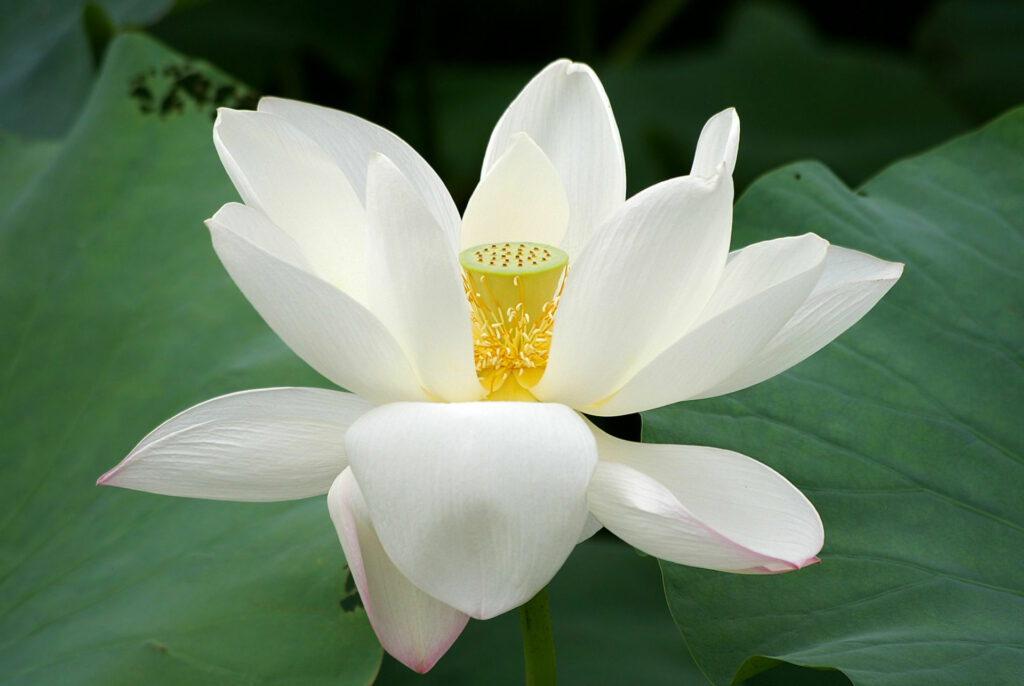
Across cultures, the beautiful, fragrant lotus flower, one of the oldest plants on the planet, is a sacred symbol of purity and the Divine. In both Hindu and Buddhist traditions the Buddha sits symbolically at the center of the flower. Thich Nhat Hanh said, “No mud, no lotus”, referring to how the aquatic plant rises out of the mud into a pristine flower floating on the surface of the water, symbolically representing detachment from physical desire and materialism. How does the flower stay perfectly clean?
This happens because the flower’s leaves have amazing self-cleaning and water-repellant properties. The surface chemistry and nano-architecture give the leaves ultra-hydrophobicity. Dirt particles are collected by the water droplets due to micro- and nanoscopic architecture on the surface that reduces the adhesion of the water droplet. Upon these biomimetic nanostructures, there is the presence of epicuticular waxes; they are hydrophobic and form a second layer. The properties, repellent of water, dirt, and other bacteria are also found in butterfly wings and moth’s eyes. These superhydrophobic materials and surface coatings with their self-cleaning and water-repellent behaviors, advance fabrication strategies and have applications reducing drag, oil-water separation anti-icing, anti-fogging, and more. And how is this used for humans?
Biomimicry pushes us to act on our inspiration from nature, and its properties, designs, and surface textures to find better solutions and make them sustainable and regenerative. Biomimicry not only provides innovative solutions but also promotes a deeper understanding and appreciation of the natural world. It encourages sustainable practices by demonstrating the efficiency of natural systems and the potential for creating products and technologies that are in harmony with the environment. It will be our duty to not disrupt nature, to coexist with nature as go on with our lives, and to give back to the environment, taking steps towards a greener lifestyle.
By seeking solutions that work with nature rather than against it, biomimicry offers a promising pathway toward more ecologically responsible and technologically advanced societies.
Shreya Bhagwat is a student at the National Institute of Fashion Technology, Bhubaneswar, India, with a specialization in product design and experience. She is passionate about our planet and is striving to make changes for good. She can be contacted through LinkedIn: https://www.linkedin.com/in/shreya-bhagwat-1716b1218/
Plantings
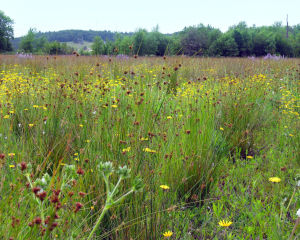
Nature as Model and Mentor: Biomimicry and Ecosystem Restoration
By Gayil Nalls
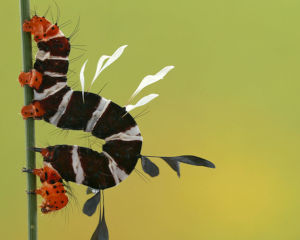
The Very Hungry Caterpillar and the Ecosystem
By Katharine Gammon
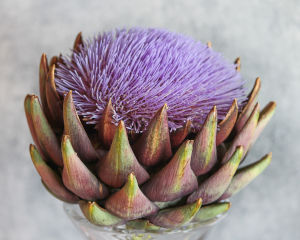
The Artichoke Blossom, an Exploding Castle
By Sam Stoeltje

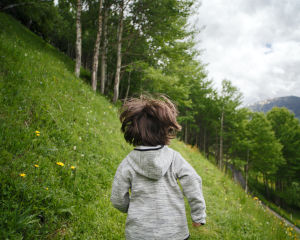
Fostering a Deeper Connection with Plants in the UK
By Katherine Moore
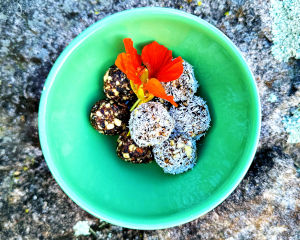
Eat More Plants Recipes:
Aussie Energy Balls
By Maria Rodale

As Ireland transitions from the rich, smoky scent of peat-burning to a more sustainable future, its olfactory heritage is evolving. What will become the next iconic aromatic symbol of Ireland?
Click to watch the documentary trailer.


